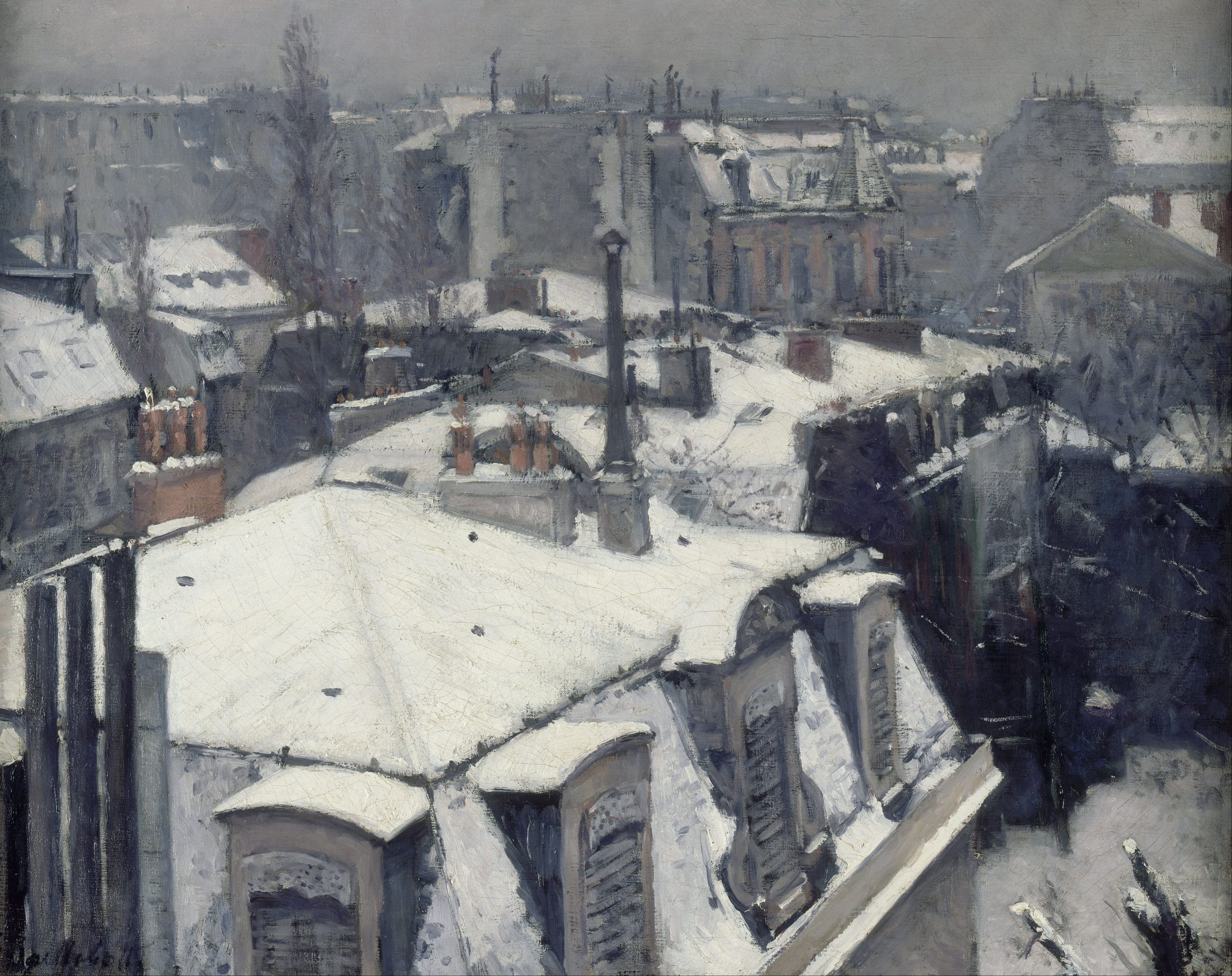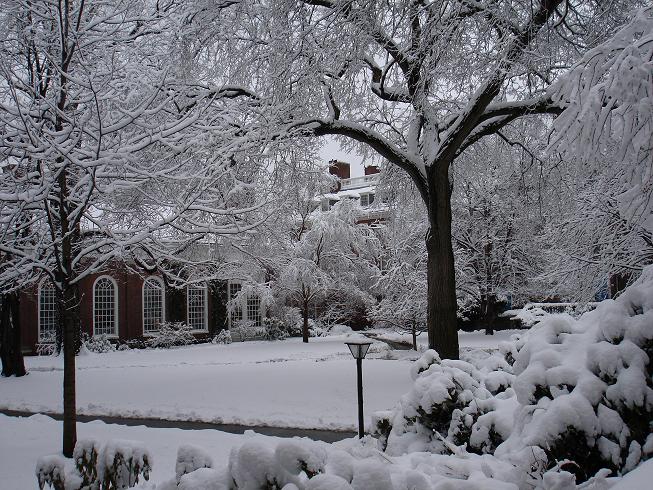A few store lambs weighed and drafted off this afternoon, ready to be sold through Farm Stock Scotland @Farm_Stock 🐑🌱#sheepfarming pic.twitter.com/2qSnJvWCie
— Helen Georgina Marsden (@helengeorgina94) August 29, 2023
Tag Archives: M2
- Home
- Posts tagged "M2" (Page 3)

How to Wear A Kilt
The Intersection of Design and Engineering
Fashion of the future: the Intersection of Design and Engineering
An abbreviated list of fashion and textile design schools and colleges in the United States:
Parsons School of Design, New York
Fashion Institute of Technology (FIT), New York
Pratt Institute, New York
Rhode Island School of Design, Providence
Savannah College of Art and Design (SCAD), Savannah, Atlanta, Hong Kong
California College of the Arts, San Francisco
Otis College of Art and Design, Los Angeles
Academy of Art University, San Francisco
Kent State University, Kent, Ohio
Drexel University, Philadelphia
University of Cincinnati, Cincinnati
Virginia Commonwealth University, Richmond
Massachusetts College of Art and Design, Boston
Columbia College Chicago, Chicago
School of the Art Institute of Chicago, Chicago
University of Minnesota-Twin Cities, Minneapolis
Iowa State University, Ames
University of Georgia, Athens
University of North Texas, Denton
Keep in mind that academies, schools, colleges, universities and institutes serve different purposes within the structure of college or university, with schools being larger and more general in focus, while departments are smaller and more specialized in their areas of study.
In all cases, textiles present elevated chemical, fire, noise and physical hazard associated with textile-related machinery.
Heat Tracing Installation
One of the core documents for heat tracing is entering a new 5-year revision cycle; a consensus standard that is especially relevant this time of year because of the personal danger and property damage that is possible in the winter months. Education communities depend upon heat tracing for several reasons; just a few of them listed below:
- Ice damming in roof gutters that can cause failure of roof and gutter structural support
- Piping systems for sprinkler systems and emergency power generation equipment
- Sidewalk, ramp and stairway protection
IEEE 515 Standard for the Testing, Design, Installation, and Maintenance of Electrical Resistance Trace Heating for Industrial Applications is one of several consensus documents for trace heating technology. Its inspiration originates in the petrochemical industry but its principles apply to all education facilities exposed to cold temperature and snow. From its prospectus:
This standard provides requirements for the testing, design,installation, and maintenance of electrical resistance trace heating in general industries as applied to pipelines, vessels, pre-traced and thermally insulated instrument tubing and piping, and mechanical equipment. The electrical resistance trace heating is in the form of series trace heaters, parallel trace heaters, and surface heating devices. The requirements also include test criteria to determine the suitability of these heating devices utilized in unclassified (ordinary) locations.
Its principles can, and should be applied with respect to other related documents:
National Electrical Code Article 427
NECA 202 Standard for Installing and Maintaining Industrial Heat Tracing Systems
IEC 62395 Electrical resistance trace heating systems for industrial and commercial applications
ASHRAE 90.1 Energy Standard for Buildings Except Low-Rise Residential Buildings
We are happy to explain the use of this document in design guidelines and/or construction specifications during any of our daily colloquia. We generally find more authoritative voices in collaborations with the IEEE Education & Healthcare Facilities Committee which meets 4 times per month in Europe and in the Americas. We maintain this title on the standing agenda of our Snow & Ice colloquia. See our CALENDER for the next online meeting.
Issue: [18-331]
Colleagues: Mike Anthony, Jim Harvey, Kane Howard
Category: Electrical, #SmartCampus
LEARN MORE:
Good Building Practice for Northern Facilities
Missouri Compromise
This content is accessible to paid subscribers. To view it please enter your password below or send mike@standardsmichigan.com a request for subscription details.
Lincoln Memorial University
|
||||||
|
||||||
|
Kim DelPizzo
This content is accessible to paid subscribers. To view it please enter your password below or send mike@standardsmichigan.com a request for subscription details.
February in Academia
This content is accessible to paid subscribers. To view it please enter your password below or send mike@standardsmichigan.com a request for subscription details.
Polar Bear Plunge
This content is accessible to paid subscribers. To view it please enter your password below or send mike@standardsmichigan.com a request for subscription details.
Valentine
This content is accessible to paid subscribers. To view it please enter your password below or send mike@standardsmichigan.com a request for subscription details.
New update alert! The 2022 update to the Trademark Assignment Dataset is now available online. Find 1.29 million trademark assignments, involving 2.28 million unique trademark properties issued by the USPTO between March 1952 and January 2023: https://t.co/njrDAbSpwB pic.twitter.com/GkAXrHoQ9T
— USPTO (@uspto) July 13, 2023
Standards Michigan Group, LLC
2723 South State Street | Suite 150
Ann Arbor, MI 48104 USA
888-746-3670
















